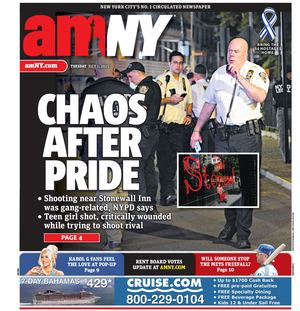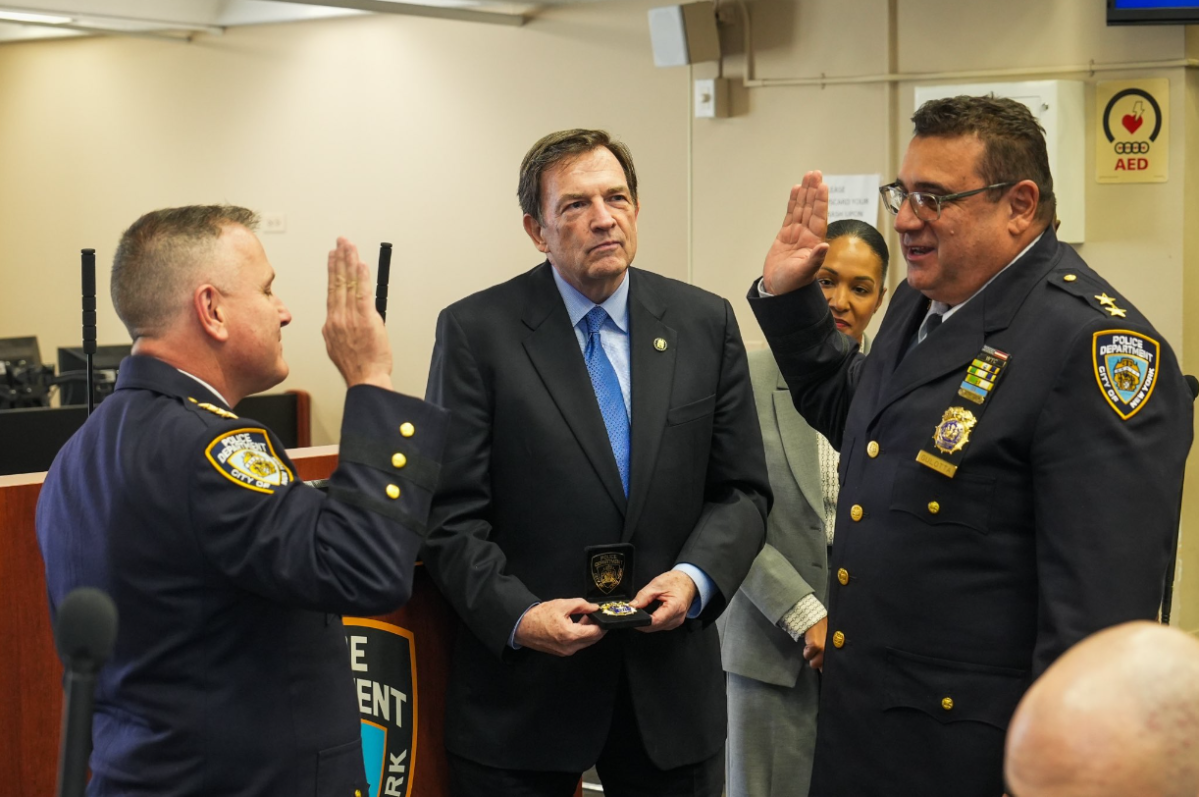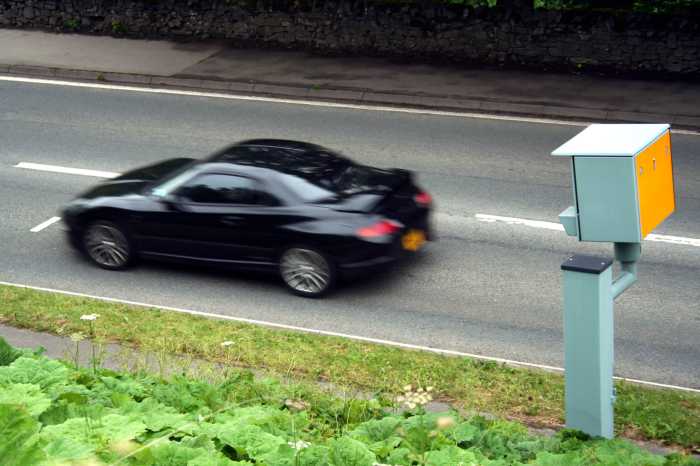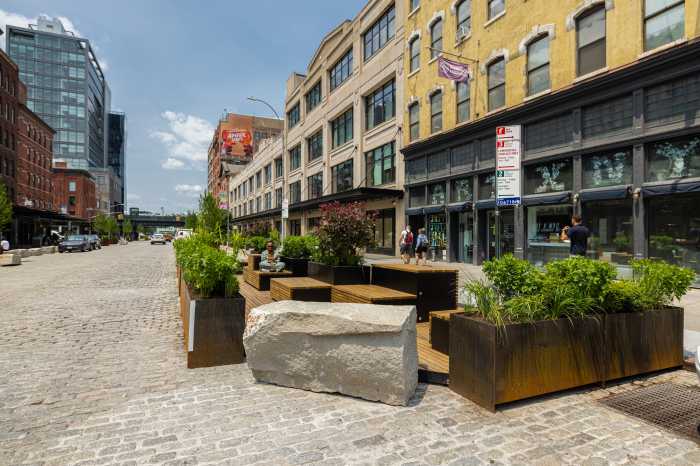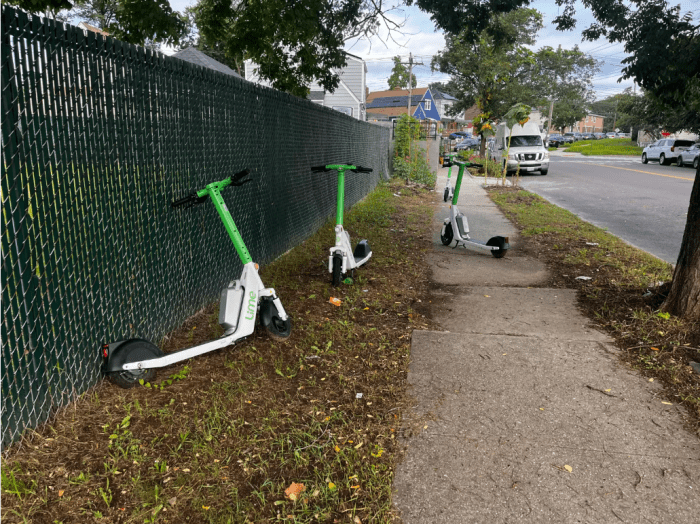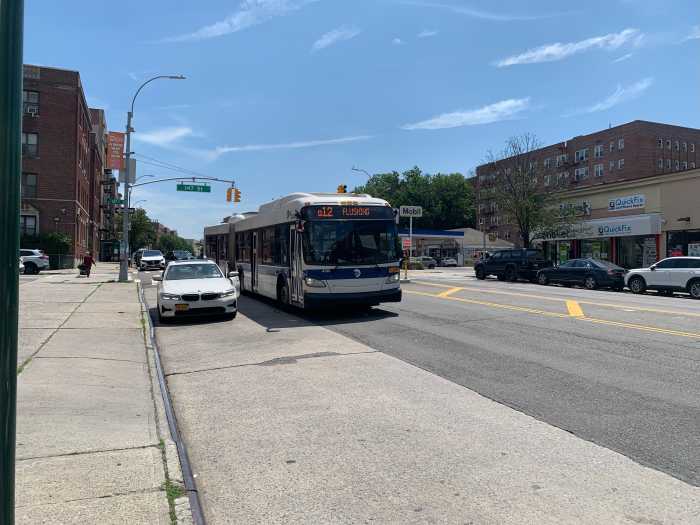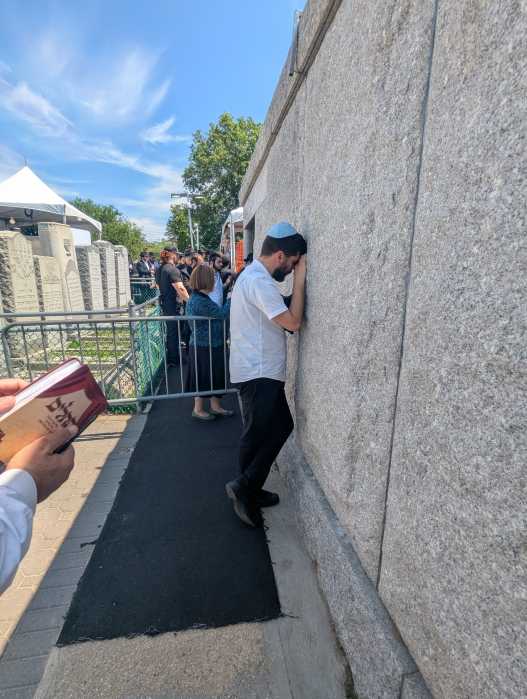The NYPD has named Joseph Gulotta as its new Chief of Transit, replacing Michael Kemper.
Gulotta, a 32-year NYPD veteran who had been serving as borough commander on Staten Island, was named head of the bureau overseeing the city’s subway system Wednesday night by Commissioner Thomas Donlon.
“Chief Gulotta brings the experience and knowledge needed to lead our transit team and continue to drive crime down,” Donlon wrote on X.
MTA Chair and CEO Janno Lieber said he considered Gulotta “superbly qualified” for the job.
“Chief Gulotta is superbly qualified to lead officers responsible for safety of New Yorkers on the subway and buses,” said Lieber. “We are confident he will sustain the significant decline in subway crime achieved by his predecessor that’s led to a double digit drop in serious felonies since before the pandemic.”
Gulotta, 52, has commanded the Staten Island patrol borough since April 2023, and has been credited with overseeing a drop in crime on The Rock. He’s been previously noted for his use of social media to root out gangs, a practice for which he was once marked for death online when he was commanding officer of the 73rd Precinct in Brownsville, Brooklyn.
He has also been named as a defendant in 22 separate lawsuits against the department, settled for a total of more than $600,000, according to public police disciplinary records. Those include a $225,000 settlement where Gulotta and other cops in Brooklyn’s 67th Precinct were accused of assaulting and falsely arresting a group of people.
Gulotta replaces Michael Kemper, who left his post as Transit chief after nearly four years this summer and retired from the Department to take a new job as the MTA’s chief security officer. On Staten Island, Gulotta will be replaced by Deputy Chief of Department Melissa Eger.
According to NYPD statistics, crime in the transit system is down 6.4% year-to-date compared to the same point last year. Transit crime is a tiny slice of overall crime in the system, though each individual crime tends to command outsize attention due to the subway’s status as the city’s public sphere.
Read More: https://www.amny.com/nyc-transit/
